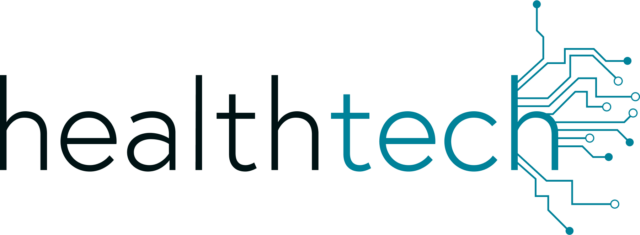
The federal watchdog at the Department of Health and Human Services issued a report on Tuesday calling for more oversight of remote patient monitoring in Medicare. The Office of Inspector General’s report called out the potential for fraud and misuse of tools like at-home blood pressure cuffs, connected scales, and continuous glucose monitors that can feed data directly to a patient’s doctor.
Remote patient monitoring has exploded since the pandemic. In just four years from the beginning of 2019 through 2022, according to the report, the number of Medicare patients receiving RPM increased tenfold, from 55,000 to 570,000. Medicare Advantage use increased 14 times over. In the same period, payments per patient more than doubled — driving total Medicare spending on remote patient monitoring up to $311 million from just $15 million in 2019.
Health policy experts have worried that without more careful use, the costs associated with remote monitoring will balloon out of proportion with the clinical benefit seen by patients. The technology can act as a lucrative source of passive income; once you get a patient’s data streaming in from a device, a provider can bill them every month for data collection and analysis, with no current limits from Medicare.

This article is exclusive to STAT+ subscribers
Unlock this article — and get additional analysis of the technologies disrupting health care — by subscribing to STAT+.
Already have an account? Log in






